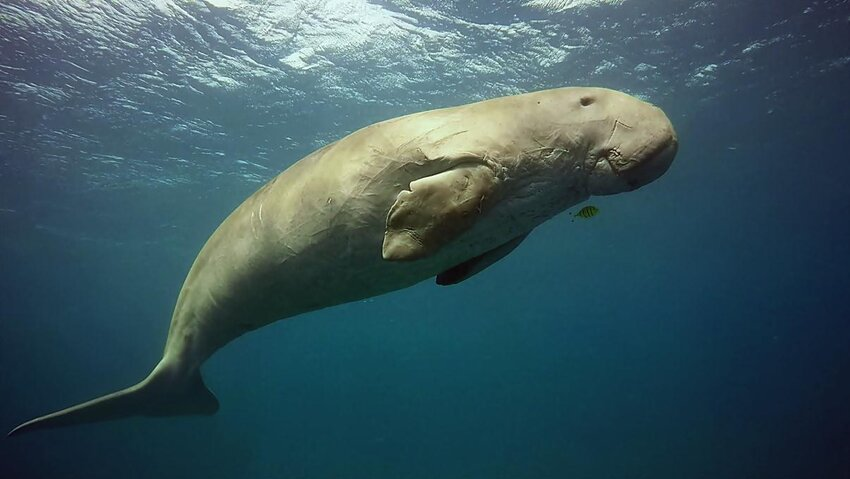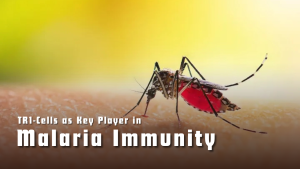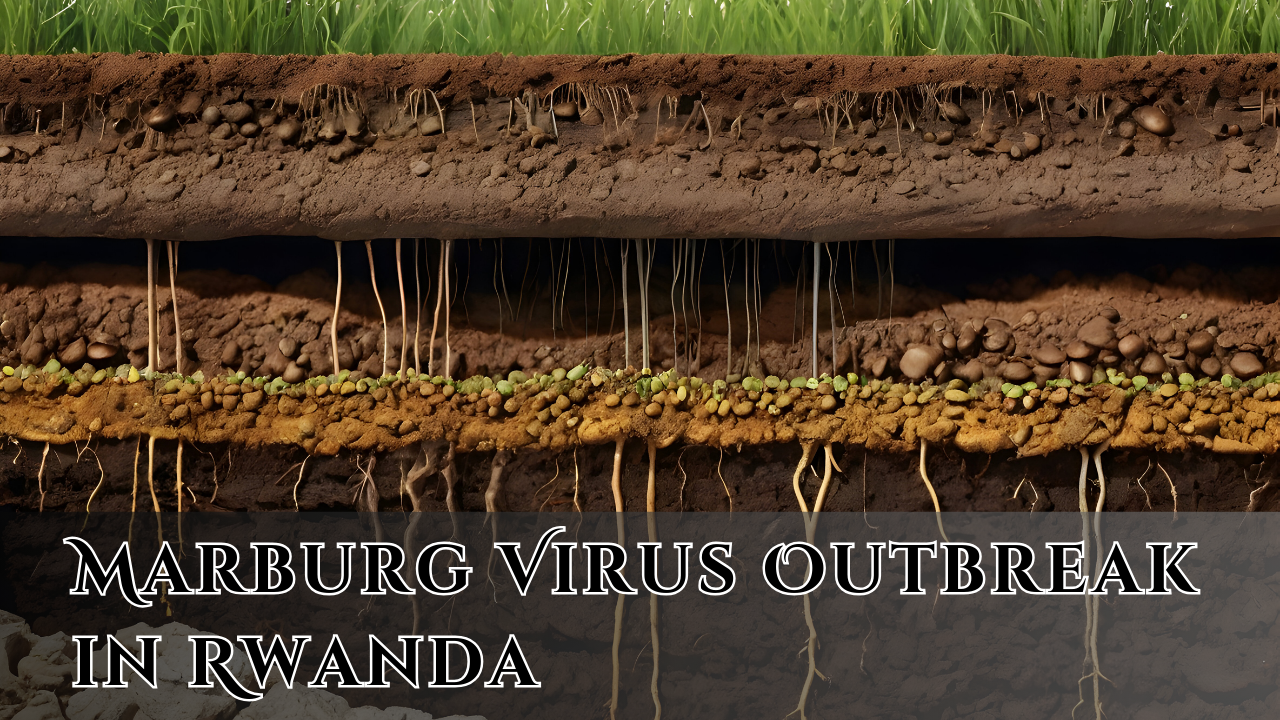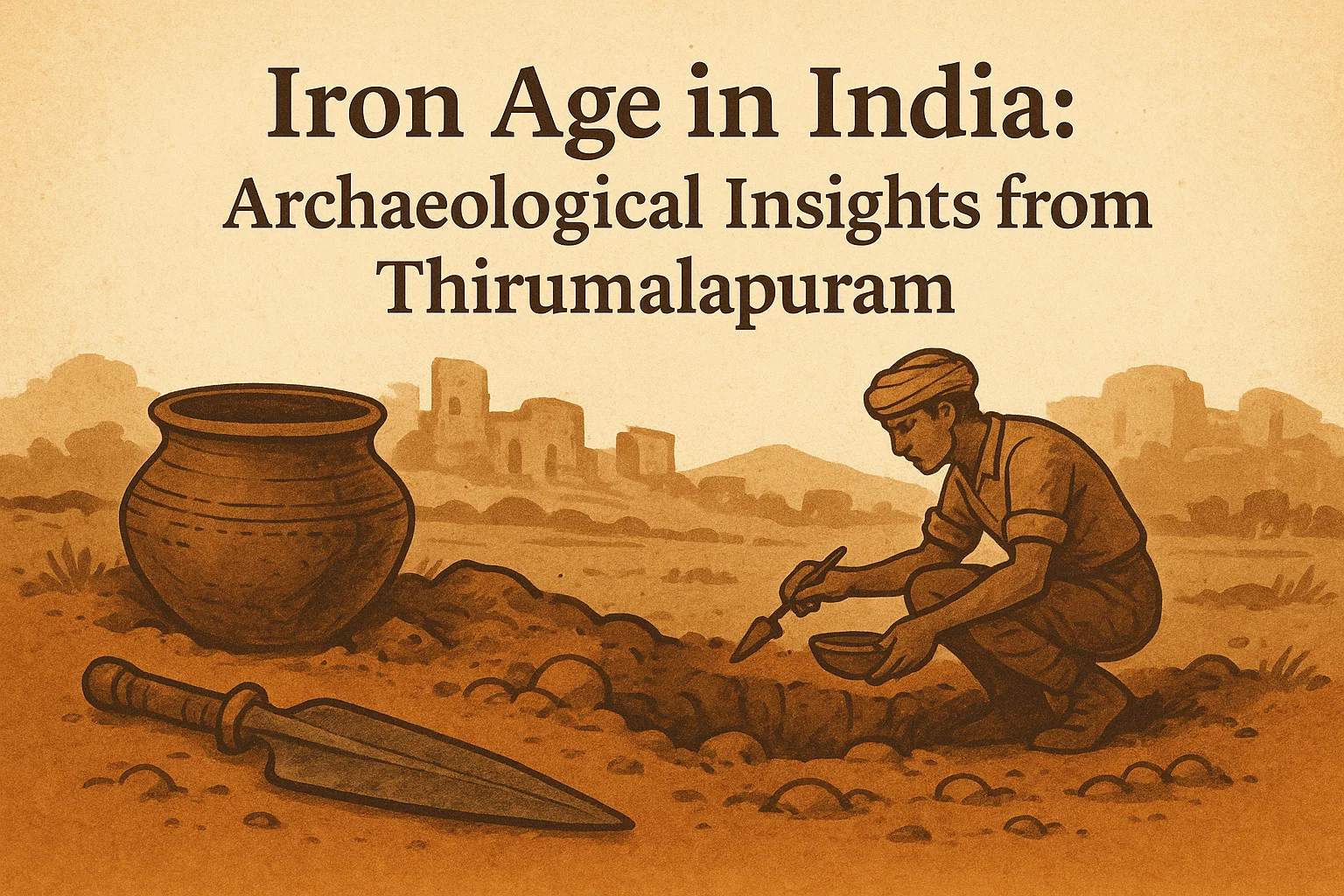Font size:
Print
World Dugong Day
Farmers of the sea: India’s dugongs must stay a conservation priority
Context: Every year on May 28, the world observes World Dugong Day, a reminder of the urgent need to conserve one of the ocean’s most vulnerable and least-known giants.

Dugong Overview
- Scientific Name: Dugong (Dugong dugon)
- Common name: Sea cow; resembles a mix between a seal and a whale.
- Habitat: Shallow coastal waters across the Indo-Pacific region, including India.
- Geographical Range in India: Found in Andaman and Nicobar Islands, Gulf of Mannar, Palk Bay, Gulf of Kutch.
- Diet: Exclusively herbivorous; feeds on seagrasses (e.g., Cymodocea, Halophila, Thalassia, Halodule).
- Nickname: “Farmer of the sea” — due to the way they stir up and prune seagrass meadows.
- Lifespan: Up to 70 years.
- Reproduction: Mature at 9–10 years, give birth every 3–5 years.
- Low reproductive rate: Max 5% annual population growth.
- Conservation Status:
-
- IUCN Red List: Vulnerable globally.
- India: Regionally endangered, only ~200 individuals are estimated to remain.
- Protected under Schedule I of India’s Wildlife Protection Act.
Feeding Habits and Physiology
- Seagrass is nutrient-poor; dugongs must feed extensively all day.
- Can consume 20–30 tonnes of seagrass per day.
- They use horned teeth to crush leaves and stems; digestion allows cellulose breakdown.
- Teeth wear out fast — replaced continuously throughout life.
- Prefer strictly marine environments, unlike manatees.
Major Threats
- Habitat Loss & Degradation: Due to coastal development, port construction, dredging, and land reclamation.
- Pollution: from agriculture, sewage, and industries.
- Climate change: rising temperatures, ocean acidification, extreme weather.
- Fishing Impacts: Modern fishing methods destroy seagrass beds. Accidental entanglement in gillnets and trawls causes fatal drownings.
- Boat Traffic & Collisions: Rest near the surface; vulnerable to boat strikes in high-traffic areas.
- Illegal Hunting: Despite legal protection, poaching persists, especially in remote islands.
- Lack of Awareness: Dugongs are shy, leading to low public visibility and conservation attention.
Conservation Efforts and Policy
- The Ministry of Environment, Forests and Climate Change (MoEFCC), Government of India, has constituted a ‘Task Force for Conservation of Dugongs’. Purpose of the Task Force:
- Address all issues related to dugong conservation.
- Facilitate the implementation of the UNEP/CMS Dugong Memorandum of Understanding (MoU) in India.
- Position India as the leading nation in the South Asia sub-region for dugong conservation.
- India is a signatory to: India has been a party to the Convention on the Conservation of Migratory Species since 1983 and a signatory to the Dugong MoU since 2008.
- In a landmark step in 2022, India announced its first Dugong Conservation Reserve, covering 448.3 sq. km in the Palk Bay region of Tamil Nadu. This area includes about 122.5 sq. km of intact seagrass meadows, making it the last known stronghold of dugongs in India.
- Supported by: OMCAR Foundation, Wildlife Institute of India, Tamil Nadu Forest Department.
Why Does Seagrass Matter?
-
- Seagrass is often confused with seaweed, but it’s actually a flowering plant and forms one of the planet’s most valuable ecosystems. Recognised as wetlands, seagrass meadows:
- Stabilise the seafloor
- Support fisheries
- Capture and store carbon dioxide
- Provide habitat for marine species like turtles and fish
- According to a 2022 study by the National Centre for Sustainable Coastal Management (NCSCM):
- India hosts 516.59 sq. km of seagrass habitat.
- Each square kilometre can sequester up to 434.9 tonnes of CO₂ annually.
- Seagrass is often confused with seaweed, but it’s actually a flowering plant and forms one of the planet’s most valuable ecosystems. Recognised as wetlands, seagrass meadows:
- Major Seagrass Areas in India:
-
- Gulf of Mannar and Palk Bay (Tamil Nadu): Highest diversity (13 species).
- Andaman & Nicobar Islands: Rich meadows, critical biodiversity.
- Lakshadweep & Kachchh coast: Ecologically significant but patchy; under threat from ports and pollution.
- Andhra Pradesh & Odisha: Minor beds along estuaries, unsuitable for dugongs.
Subscribe to our Youtube Channel for more Valuable Content – TheStudyias
Download the App to Subscribe to our Courses – Thestudyias
The Source’s Authority and Ownership of the Article is Claimed By THE STUDY IAS BY MANIKANT SINGH





